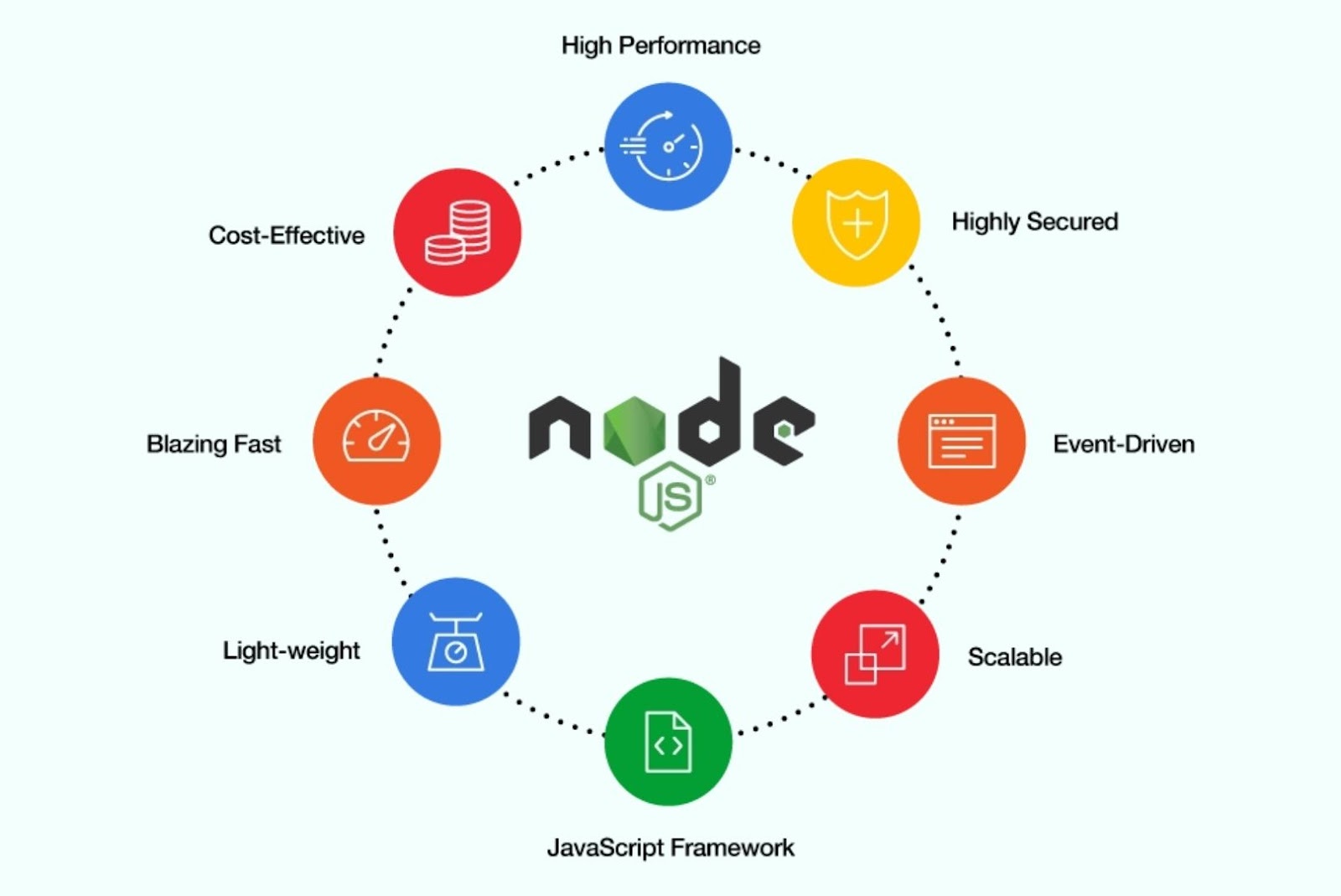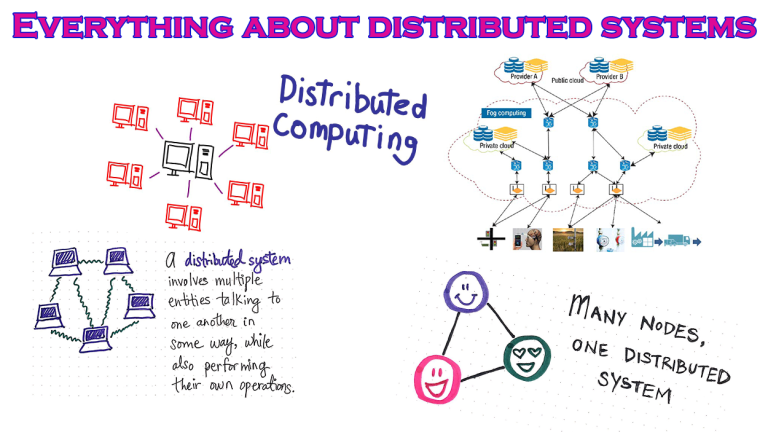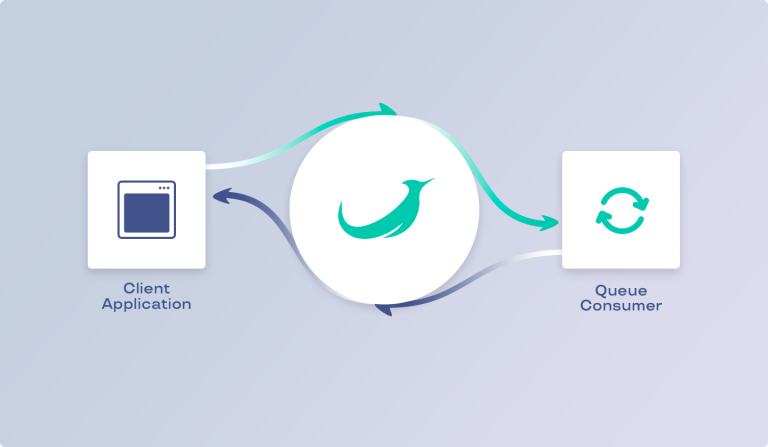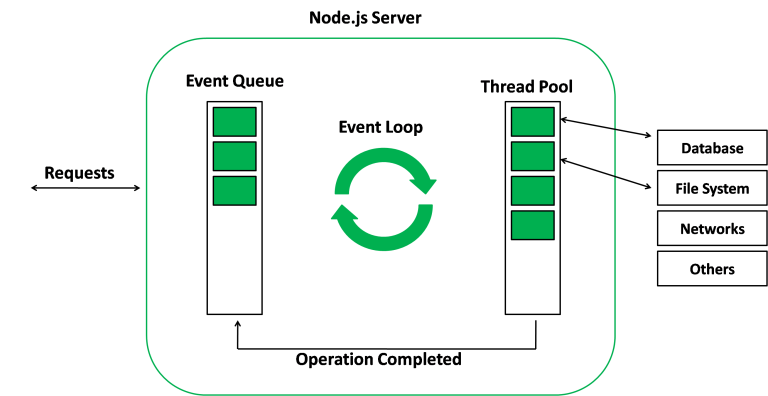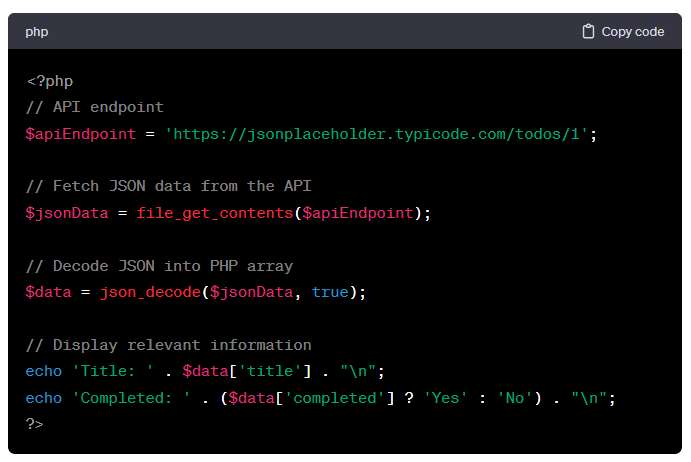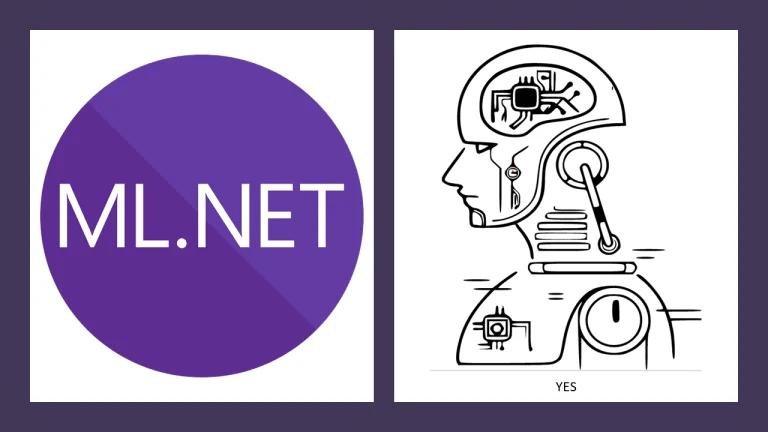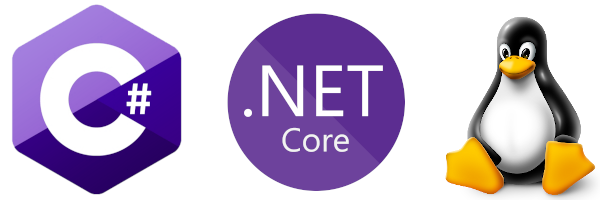Real-time applications have become increasingly prevalent in today’s digital landscape, providing users with instantaneous updates and interactions. Node.js, with its event-driven architecture and non-blocking I/O, is well-suited for building real-time applications. In this article, we’ll explore the key concepts and tools for creating real-time functionality in Node.js.
1. Understanding Real-Time Applications
What is Real-Time?
Real-time applications deliver information or updates to users as soon as they occur. This immediate responsiveness is crucial for various use cases, such as chat applications, collaborative tools, live streaming, and online gaming.
Challenges in Real-Time Development:
Building real-time functionality involves addressing challenges like handling concurrent connections, managing state, and ensuring low-latency communication between clients and servers.
2. WebSocket Communication
Introduction to WebSockets:
WebSockets provide a full-duplex communication channel over a single, long-lived connection, enabling real-time communication between clients and servers. Unlike traditional HTTP requests, WebSockets allow data to be pushed from the server to the client and vice versa.
Implementing WebSocket in Node.js:
Use the ws library to implement WebSocket functionality in Node.js.
npm install ws
Example WebSocket server:
const WebSocket = require('ws');
const server = new WebSocket.Server({ port: 3000 });
server.on('connection', (socket) => {
console.log('Client connected');
socket.on('message', (message) => {
console.log(`Received message: ${message}`);
// Broadcast the message to all connected clients
server.clients.forEach((client) => {
if (client !== socket && client.readyState === WebSocket.OPEN) {
client.send(message);
}
});
});
socket.on('close', () => {
console.log('Client disconnected');
});
});3. Using Socket.IO for Real-Time Communication
Introduction to Socket.IO:
Socket.IO is a popular library that simplifies real-time communication between clients and servers. It provides WebSocket support along with fallbacks for environments that don’t support WebSockets.
Installing Socket.IO:
Install the socket.io library and its corresponding server:
npm install socket.io
Example Socket.IO server:
const express = require('express');
const http = require('http');
const socketIO = require('socket.io');
const app = express();
const server = http.createServer(app);
const io = socketIO(server);
io.on('connection', (socket) => {
console.log('Client connected');
socket.on('message', (message) => {
console.log(`Received message: ${message}`);
// Broadcast the message to all connected clients
io.emit('message', message);
});
socket.on('disconnect', () => {
console.log('Client disconnected');
});
});
server.listen(3000, () => {
console.log('Server listening on port 3000');
}); 4. Real-Time Application Examples
Chat Applications:
Real-time chat applications leverage WebSockets or Socket.IO to enable instant messaging between users.
Collaborative Tools:
Applications like collaborative document editors or whiteboards use real-time communication to synchronize changes across multiple users.
Live Notifications:
Real-time notifications keep users informed about updates, messages, or events in an application.
5. Conclusion
Node.js, with its event-driven and non-blocking architecture, is well-suited for building real-time applications that demand low-latency communication and instant updates. Whether using native WebSockets or the Socket.IO library, developers can create responsive and engaging real-time experiences for users.
When embarking on real-time application development, consider the specific requirements of your use case and choose the appropriate technology stack. Leverage the power of Node.js to bring real-time capabilities to your applications and enhance user engagement in an ever-connected digital world.

